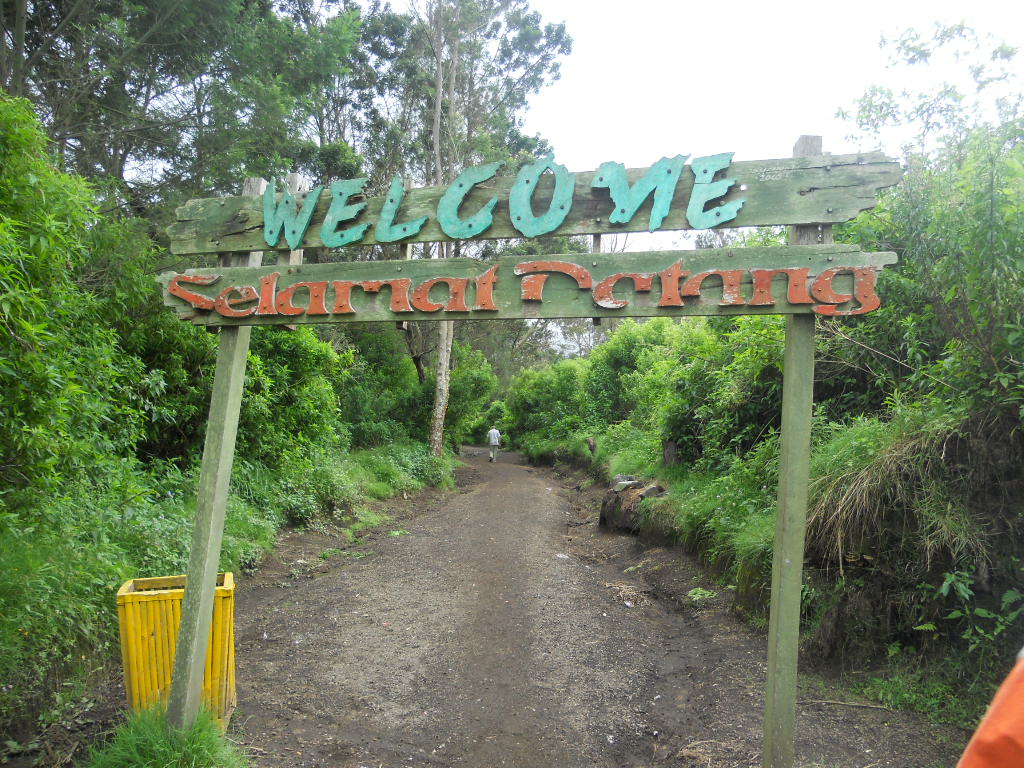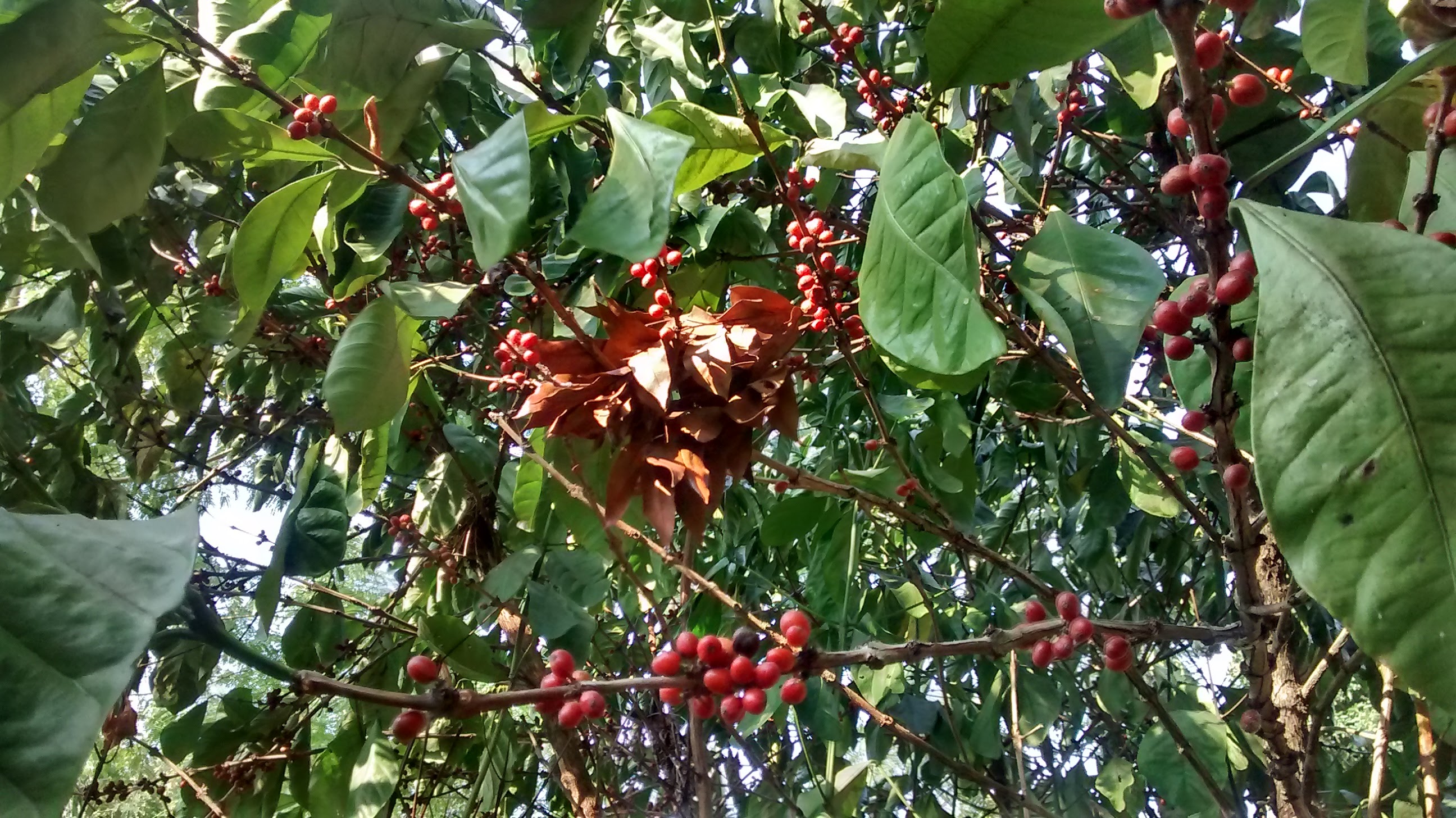Hello friends, today i will tell you about the garden Jampit Kalisat Bondowoso. Coffee plantations jampit , is agro tourism in Bondowoso that dikelolah by PTP Nusantara XII Kalista Jampit . The plantation 74 km located at east Bondowoso district .The plantation having broad 4000 acres and located at the height of 900 m of the sea level. Besides offering the green and cool, every visitors can also see directly the process of grinding to packaging coffee arabica to be dipasarkannya .In addition to enjoying about coffee, there are other facilities offered as , enjoy flowers park, fishing, swimming, tennis or just relax and enjoy fresh atmosphere.
Many travelers who do not know much, if there be a coffee plantations in the Kalisat, Bondowoso, not far from the crater ijen. Coffee plantations patients would be tourist alternative for those of you who visited Bondowoso. So, for those of you who want to know and want to hold coffee research in indonesia , please visit the gardens coffee that there are in a garden Kalisat Jampit Bondowoso, there you can meet with villagers work as farmers coffee.
How to go to the Garden Kalisat Jampit Bondowoso ?
It is easy to toward a kalisat jampit bondowos, because it is equal to the crater ijen. There are 2 way towards Kalisat Jampit garden, namely the Banyuwangi and Bondowoso. This time i will talk about how to go to garden Kalisat Jampit of Jember. First you must to the city jember good by bus or plane, if you do travel through bus you have to come terminal general in city of Surabaya then search public transport get on the bus terminal Tawang Jember, price public bus from Surabaya to Jember is IDR 30.000,- (economi class) and IDR 45.000,- (executive class). Then in Jember you are searching rentcar for to go to Kalisat Jampit Bondowoso. The price of rentcar is :
Car IDR 275.000,- / 24 hours
Driver IDR 200.000,- / hours
Gasoline from Jember to Kalisat Jampit garden you need IDR 150.000,-
And if you rent a car and driver for the price of gasoline package an estimate that he 950.000. Costing he 950.000,- you in addition to the garden Kalisat Jampit Bondowoso, you can also to Ijen crater. You can also lodge in the area crater Ijen or orchard Kalisat Jampit, and cars you rent still waiting for you, with the provisions of following from the crater Ijen or orchard Kalisat Jampit back to jember. If you want following from the crater ijen you through Banyuwangi, then you will be wear the additional costs gasoline IDR 150,000,-.
If you go the use of a plane, then first you have to leading to the airport international Juanda Surabaya, then from the airport Surabaya you leading to the Noto Hadi Negoro Airport Jember. And from the airport Jember you can use the shuttle to city of Jember at a cost of IDR 35,000,- / person. And in the in the city Jember you can into the center of to wait public transport named "Lin" ( yellow ) the purpose of terminal Arjasa. And then continued trips like that has been in inherent in upon with use public bus the purpose Bondowoso. And if you rent a car and driver for the price of gasoline package an estimate that he 950.000. Costing he 950.000,- you in addition to the garden Kalisat Jampit Bondowoso, you can also to Ijen crater. You can also lodge in the area crater Ijen or orchard Kalisat Jampit, and cars you rent still waiting for you, with the provisions of following from the crater Ijen or orchard Kalisat Jampit back to jember. If you want following from the crater ijen you through Banyuwangi, then you will be wear the additional costs gasoline IDR 150,000,-.
For more information, please contact me :
WAWAN SETIAWAN
Mobile : +628122265557715
Whatsapp : +628122265557715


















